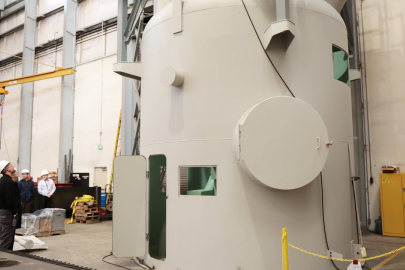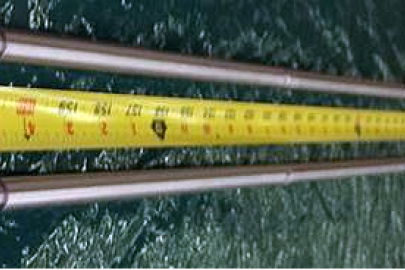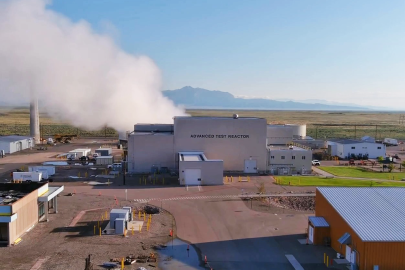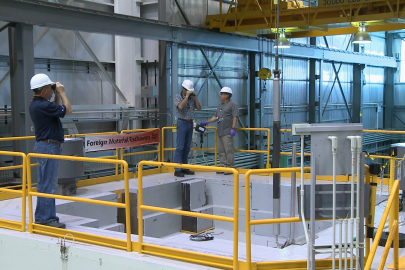Framatome’s accident tolerant fuel was recently installed for testing at the Advanced Test Reactor at Idaho National Laboratory.
June 15, 2018The U.S. nuclear industry just hit a major milestone in developing new and improved fuels for its current fleet of reactors.
Framatome’s accident tolerant fuel (ATF) was recently installed for testing at the Advanced Test Reactor (ATR) at Idaho National Laboratory (INL).
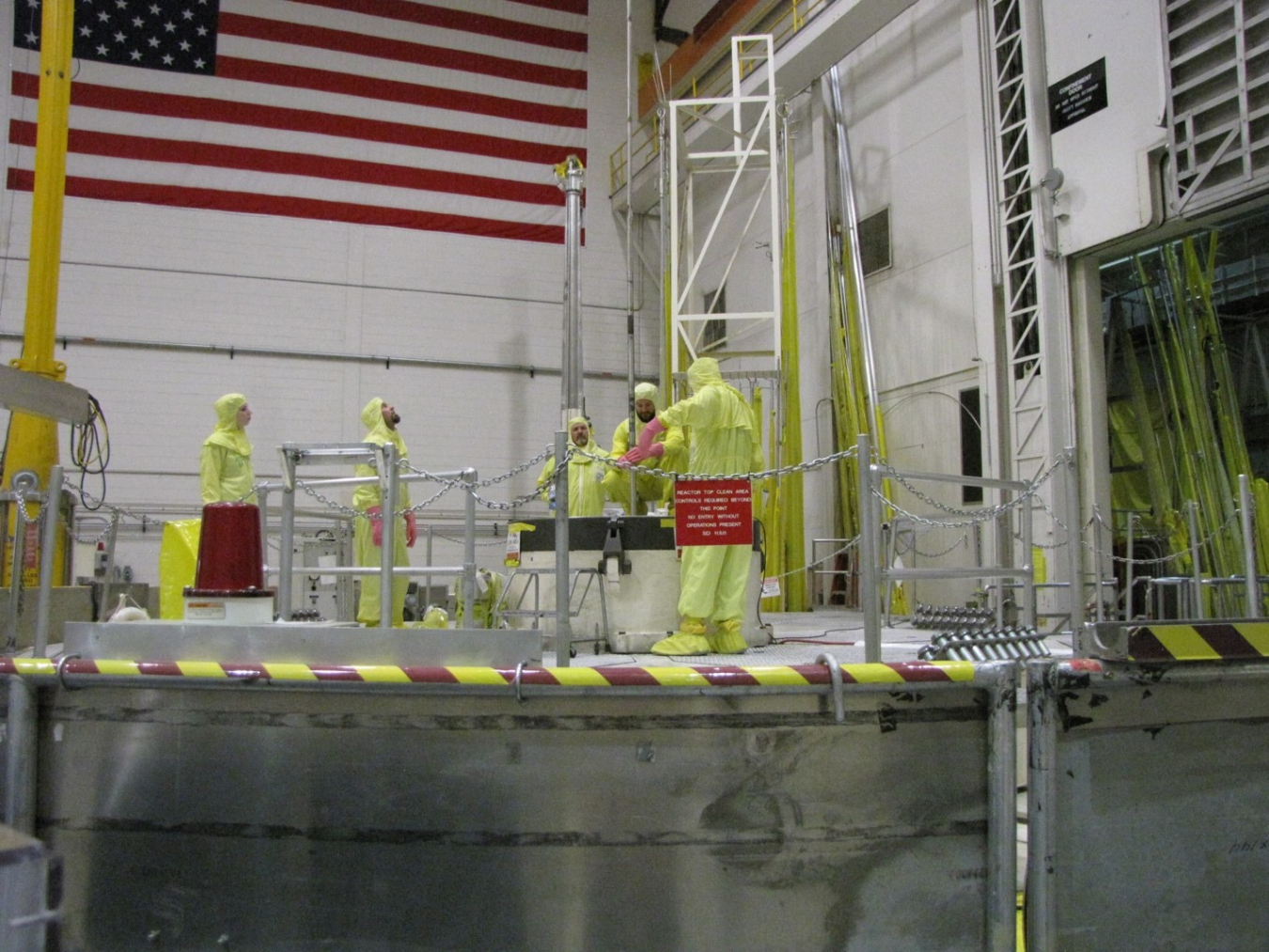
Researchers lower a test train into the Advanced Test Reactor at Idaho National Laboratory.
This is the second experiment currently in progress in the ATR that is being developed through the U.S. Department of Energy’s accident tolerant fuel program.
Earlier this year, General Electric (GE) installed ATF fuel cladding at the commercial Edwin I. Hatch Nuclear Plant in Georgia.
What’s an Accident Tolerant Fuel?
An accident tolerant fuel is an industry term used to describe new advanced cladding and fuel pellet designs that increase the safety and performance of nuclear fuel.
The program was developed in 2012 in the wake of the Fukushima accident to support the U.S. nuclear industry’s goal of bringing new advanced fuel concepts to market by 2025.
Cladding and Fuel Pellet Testing
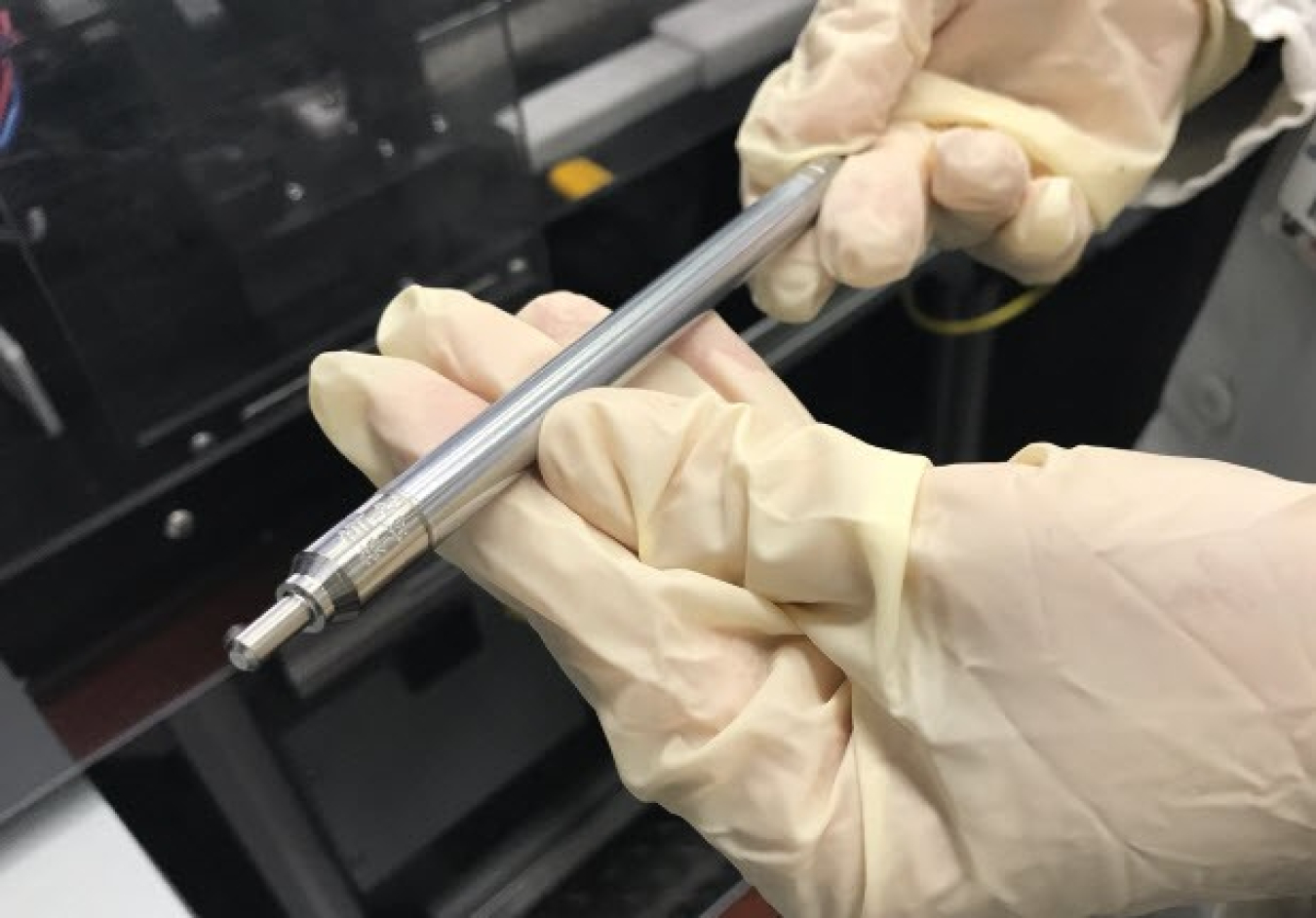
Framatome is testing two new concepts at INL—a chromium-coated cladding and chromia-doped fuel pellets.
The special coating is designed to protect the fuel cladding from damage and oxidation at higher temperatures.
The new fuel pellet mixture of chromium oxide and uranium oxide powders is expected to help the pellet last longer and perform better under accident conditions—leading to more affordable and efficient operations at commercial nuclear plants.
Twenty-six miniature fuel rods are being tested at INL in a special test loop that mimics the coolant conditions of a commercial light water reactor. The ATR can rapidly age fuel samples and duplicate years or even decades of neutron damage in only months.
The fuel performance data will then be used to help qualify the fuels with the U.S. Nuclear Regulatory Commission.
What’s the Hurry?
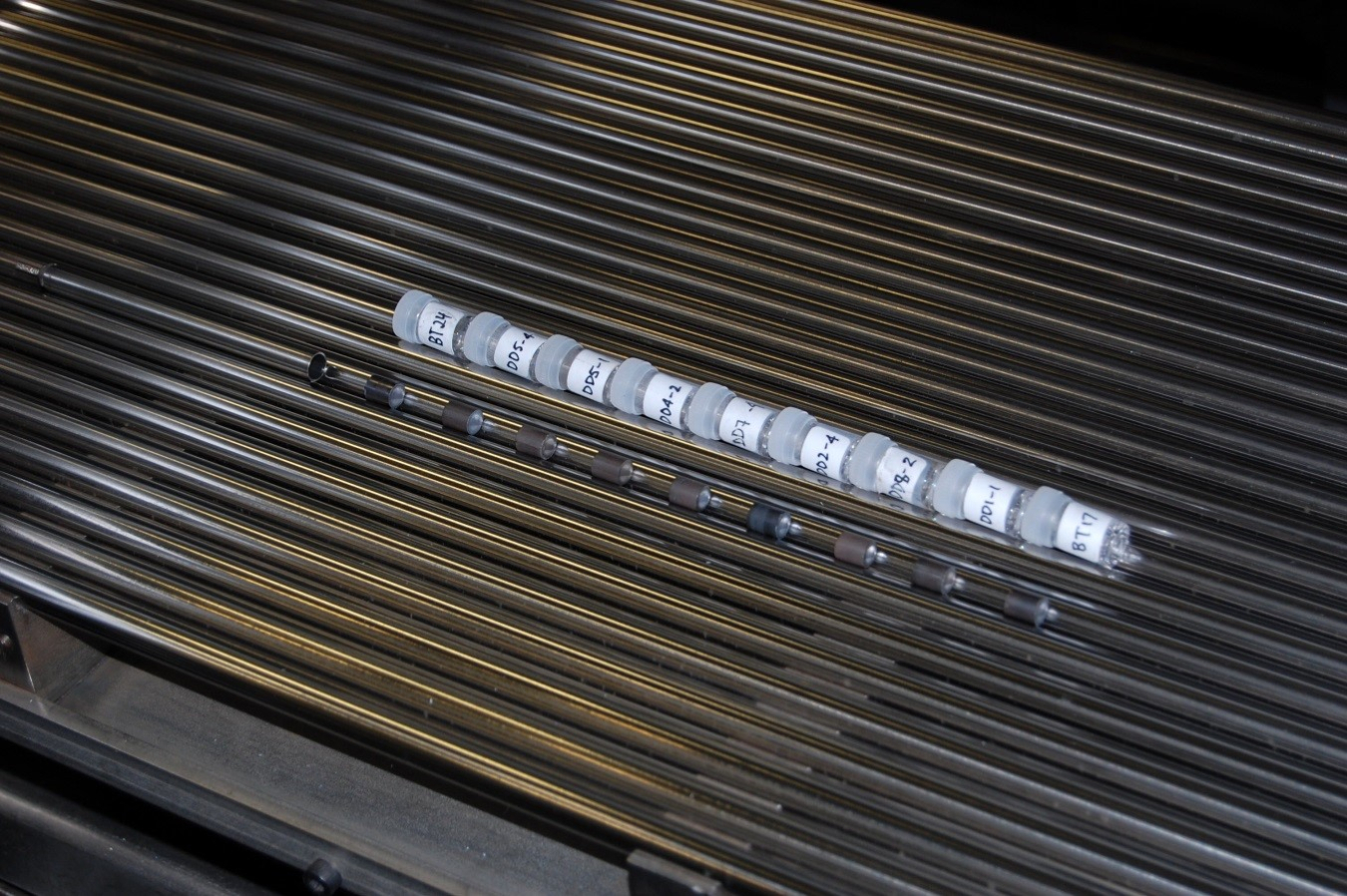
GE’s Global Nuclear Fuel, Framatome and Westinghouse are all working with the Department of Energy to commercialize their fuel concepts by 2025.
This accelerated timeframe is critical to the current fleet of reactors.
Many of them have 60 year operating licenses and without renewal are set to expire in the 2030s. Getting these ATFs to market before then would increase their performance and improve their prospects for extended operation.
What’s Next?
The current experiment will be tested at INL through January 2021 with additional fuel rods from GE and Westinghouse expected to be added in this fall.
The fuels will then be used in future tests at INL’s Transient Reactor Test Facility (TREAT) to determine each fuel concept’s failure point for additional qualifying data.
The TREAT reactor is used to help determine the safe operating limits of new fuels.

Learn more about the Office of Nuclear Energy.


